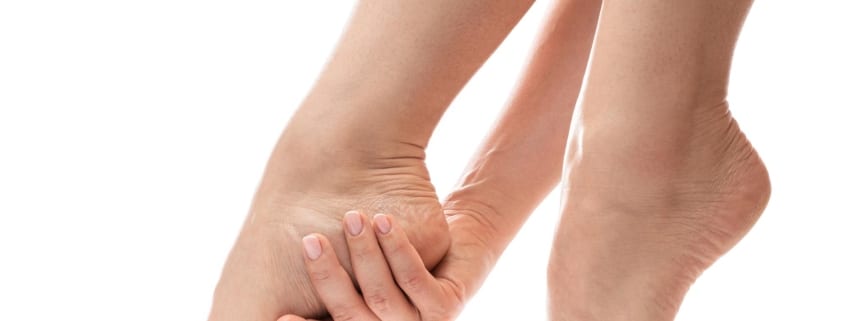Tips for Treating Calluses at Home and When To Call a Podiatrist
While performing weight-bearing activities (e.g., walking), the feet are exposed to a tremendous amount of friction and pressure. Certain areas of the foot bear more weight than others do, which makes these areas susceptible to the development of calluses. At his offices in Pflugerville and Austin, Texas, podiatrist Dr. Jeffery LaMour treats calluses.
What Is a Callus?
In response to the stresses placed on the foot, as a protective measure, the body thickens the skin. This thickened skin is referred to as a callus.
Which Areas of the Foot Are More Likely To Develop Calluses?
Most calluses develop on the heel and ball of the foot.
Tips for Treating Calluses at Home
If the callus recently developed, is on the smaller side and not very thick, try the treatment below.
Callus treatment at home:
- Soak the foot in warm water until the callus feels soft. This usually takes about 15 minutes.
- Prevent the likelihood of developing an infection by using a brand-new pumice stone or an unused nail file to gently rub off some of the softened callus.
- Cover the treatment area with an over-the-counter patch for calluses. If the callus is too large for the patch to cover, apply a callus-treatment cream to the area, cover with a piece of gauze and put on a clean white sock.
- The patch (or gauze and sock) can remain in place for up to 72 hours.
- After removing the patch, repeat the treatment above.
If, after treating it for 2 weeks, the callus remains, it is time to contact Dr. Jeffery LaMour. Dr. LaMour is an experienced podiatrist, with offices in Austin and Pflugerville, Texas.
Who Should Avoid Callus Removal at Home?
Generally, a callus can be removed at home. However, some people should bypass at-home removal and contact an Austin or Pflugerville, Texas, podiatrist instead. These individuals are those with conditions or symptoms that make them more likely to develop an infection. People with poor circulation in their lower extremities and individuals who are immunosuppressed (e.g., cancer patients, transplant recipients) should seek treatment from a podiatrist. In addition, an individual who experiences numbness or tingling in the feet needs to seek professional treatment (e.g., people who have diabetic neuropathy).
Why Would Someone Need Orthopedic Surgery To Treat Calluses?
Individuals who have underlying bone abnormalities contributing to their callus development may need to have orthopedic surgery.
If you are in the Austin or Pflugerville, Texas, area, and you would like an experienced podiatrist to treat your calluses, contact Dr. Jeffery LaMour today at (512) 451-3668 to schedule a consultation at his Austin or Pflugerville, Texas, podiatrist office.








Leave a Reply
Want to join the discussion?Feel free to contribute!